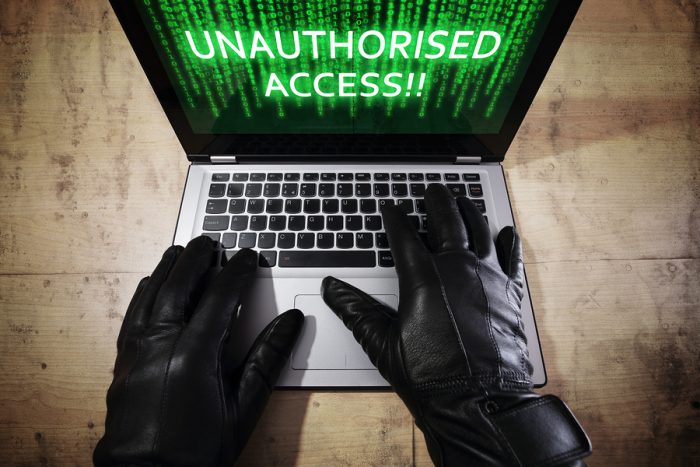
Do you have a social media profile? The answer is most likely “yes.” Over 1.23 billion people have a Facebook page, and that number is expected to keep on steadily growing. Along with Twitter, Instagram and other social media sites, more and more people have huge portions of their lives online.
While this creates great connections between people across the world, there’s a downside to all this online activity. As social media increases in popularity, so does its use in identity theft. From celebrities to politicians to regular people, social-media-based identity theft is on the rise.
Social Media Settings: What Works Best
In many cases, identity thieves don’t have to work particularly hard to obtain information from social media. This is because most people willingly post all sorts of details right on their page. This is why the number one way to prevent social media identity theft is to set your social media pages to private. If strangers can’t see your pages, they can’t see your information. The simple act of setting your pages to private can stop a whole host of problems from ever occurring.
What Not to Post
Even if your profiles are private, you still need to be careful about what you post. Not every person on your friends list is someone you can necessarily trust, especially if you “friend” people who you don’t know in real life. Also, depending on your settings, friends of friends might be able to see your post. So even if your settings are private, watch what you post.
Here are some common mistakes people make:
According to the Pew Research Center, 92% of those surveyed post their full, real name on social media. Eighty-two percent post their date of birth and 71% post the name of the city they live in. Individually, this information isn’t terribly harmful. However, when an identity thief knows your name, birthday and city of residence it can be pretty easy to impersonate you.
We understand that most people want to use their full name on their social media profiles, even though that’s not the absolute safest course of action. But at the very least you shouldn’t post your birthday or location.
Don’t Roll Out the Virtual Welcome Mat for Thieves
Speaking of location, you also want to avoid “checking in” at various residences. You also want to avoid posting about any vacations you plan on taking. When a thief learns where you live, and when you’re not at home, they can easily burglarize your home while you’re away.
#HelpStopTheft
Hashtags are often a great resource for thieves. By searching Twitter for hashtags such as #summervacation or #vacationtime, thieves can discover when people are away from home. If they can match your twitter profile to your real name and location, your security could be at risk.
You wouldn’t put a sign in your yard advertising that you’re not home. So don’t do the virtual equivalent. Post your vacation photos only when you’ve returned from your trip, and don’t broadcast your travel plans beforehand.
Social media identity theft is a growing trend, but with a little bit of knowledge you can prevent most problems from ever happening. There’s no need to abandon your social media profiles. Just be careful and aware of what you’re posting. Done correctly, your social media profiles can send a clear message: #NoInfoForIDThieves.
Resources:
- https://www.eonetwork.org/octane-magazine/special-features/social-media-networks-facilitate-identity-theft-fraud
- http://www.huffingtonpost.com/news/social-media-identity-theft/




